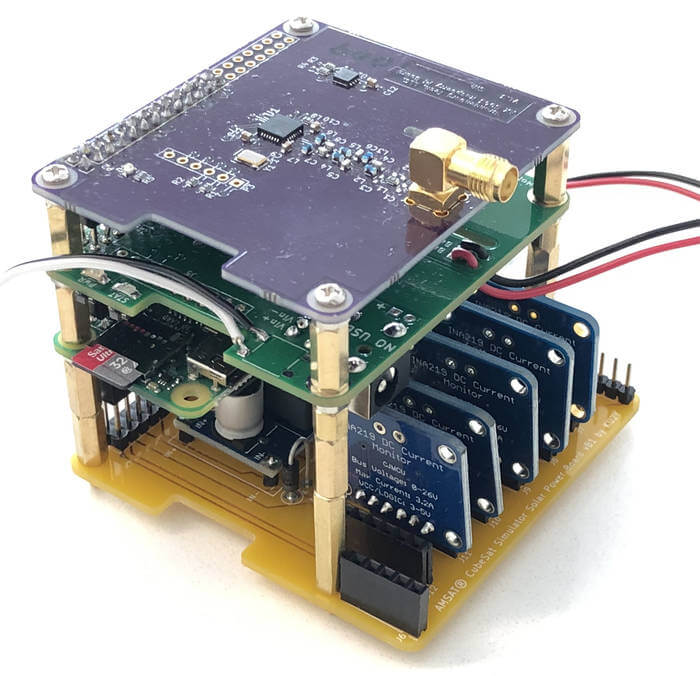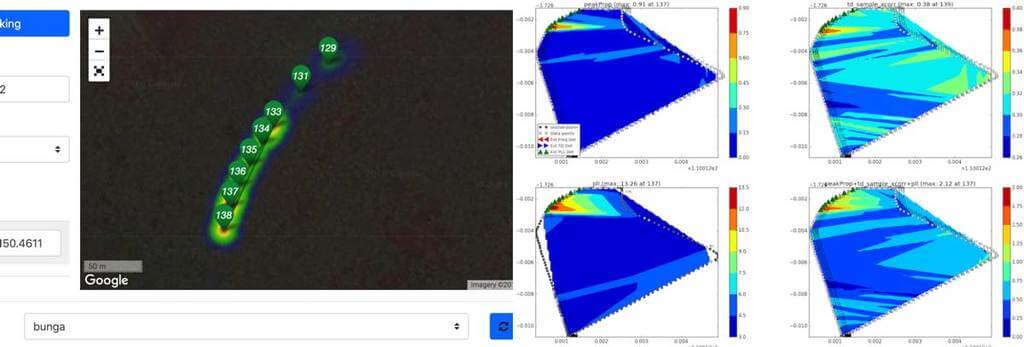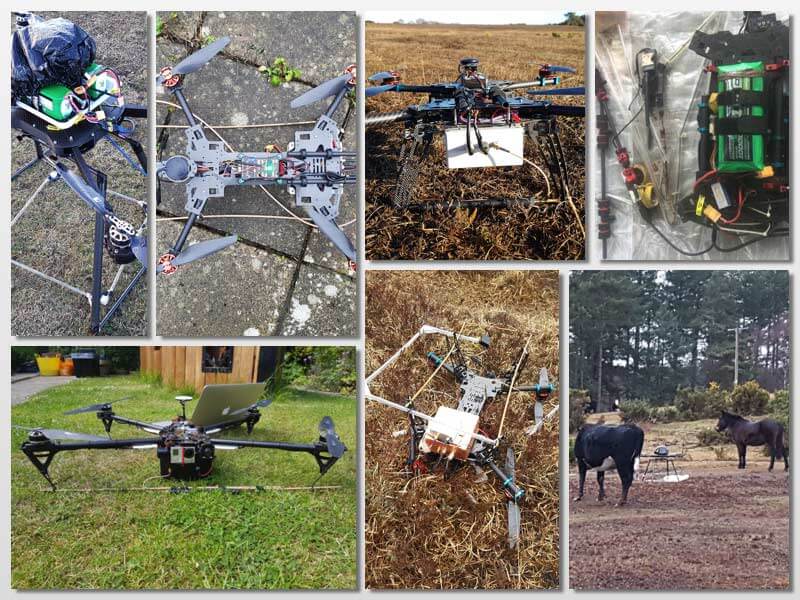An RTL-SDR and Pi 3 Based Ground Station for Simulated CubeSats
CubeSats are small and light satellites that can these days be built and launched into orbit by almost anyone with a small budget of roughly $40,000. They are a great way for schools and other organizations to get into a space based technology project. A "simulated" CubeSat is one that is not designed to be really launched into space, and is made from low cost hardware. The idea is that simulated CubeSats can be used as tools to help demystify the inner workings of satellites to the public and help CubeSat builders get experience and competence before building the real thing.

A team from AMSAT have been working on creating open source CubeSat simulator hardware and software. In order to demonstrate the RF capabilities of the simulator a ground station simulator is also required. Recently the team have uploaded instructions on creating a Raspberry Pi and RTL-SDR based ground station.
I really like this! ? A Raspberry Pi 3B+ Ground Station for the AMSAT CubeSat Simulator with LCD screen, RTL-SDR, uses OpenWebRX, rtl_fm, and multimon-ng software for automatic AFSK 1200 telemetry decoding! #CubeSatSim #CubeSat #AMSAT #RaspberryPi https://t.co/b6kp5KAlJB pic.twitter.com/nRTTTehieu
— Alan B. Johnston, PhD (@alanbjohnston) June 5, 2019
If you're interested in the CubeSat simulator hardware itself, there was a presentation held back in 2018 that may be of interest to you. According to the presentation somewhere between 30% - 50% of CubeSats fail as soon as they're deployed, so building competence with simulated hardware is a good goal.

